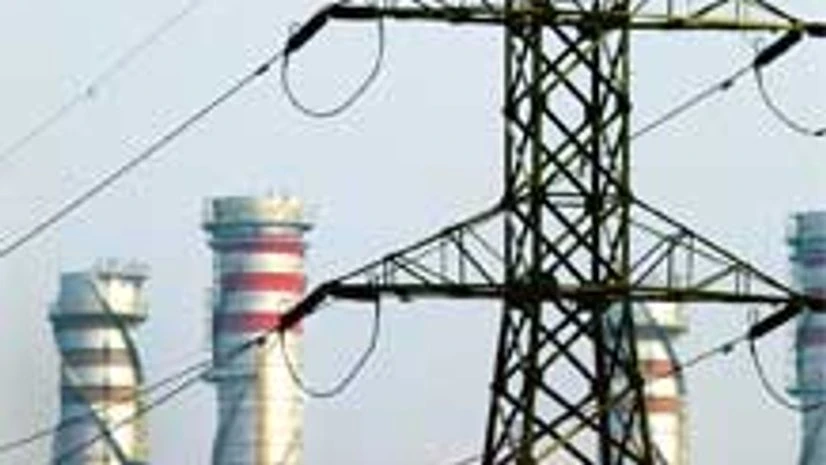Power exchanges aim to grab at least 5 per cent market share of all India power trading volume, estimated at 800 billion units, on new regulations and market-friendly products.
The market share will rise from current 2.5 to 3 per cent of the pie, they said.
"Power exchanges can provide electricity for as short as 15 minute period at a competitive price, unlike bilateral trade, where the purchaser has to buy agreed quantity of power for the entire period, even at night when the demand is low. People are preferring to buy from power exchanges which can provide electricity at short notice for a short period of time. Since the trend has been rising since last 6-8 months, we see reaching 5 per cent of total market share by 2015-16," said Rajesh Mendiratta, Director, Business Development, Indian Energy Exchange (IEX),
Also Read
In India, two exchanges--IEX and Power Exchange India Ltd (PXIL) are offering power as a commodity, which is traded on one-day ahead basis. They also sell renewable energy certificates and solar energy on their respective platforms. IEX is the leading power exchange of the country.
The trend of buying short term power, currently preferred by mostly industrial units, will expand to power distribution companies (discoms) in future, once Central Electricity Regulatory Commission (CERC) comes up with tighter grid frequency band order.
Frequency stabilisation is a key requirement to prevent grid collapse. It changes as per demand and supply (frequency rises when demand falls below supply and vice versa). Global standards require that grid frequency should fluctuate in a tight band of 49.95 to 50.10 hertz (Hz), while India has a history of the frequency fluctuating from below 48Hz to above 52Hz. Sudden changes in frequencies causes grid collapse.
As per latest CERC order, frequency fluctuation is allowed in the band of 49.7-50.2Hz. A tight frequency range means buyers or power generators cannot buy or sell power at their wish and have to maintain a fixed amount of power trading on the national grid network.
The regulator has plans to tighten the band bit by bit further. It already regulates the frequency changes by forcing buyers to pay more when they draw low frequency power.
Power exchanges see the opportunity in frequency tightening, as they hope buyers will opt for exchanges in case of sudden power requirement, as buying through national grid will be expensive.
“If a buyer makes up its requirement via power exchanges in case of failure from supply side, they will not have to pay higher price to national grid. The further tightening of frequency band will ensure more business for power bourses and the market share will surely rise to 5 per cent in next couple of years,” said V V Sharma, senior Vice President, Business Development with PXIL.

)
